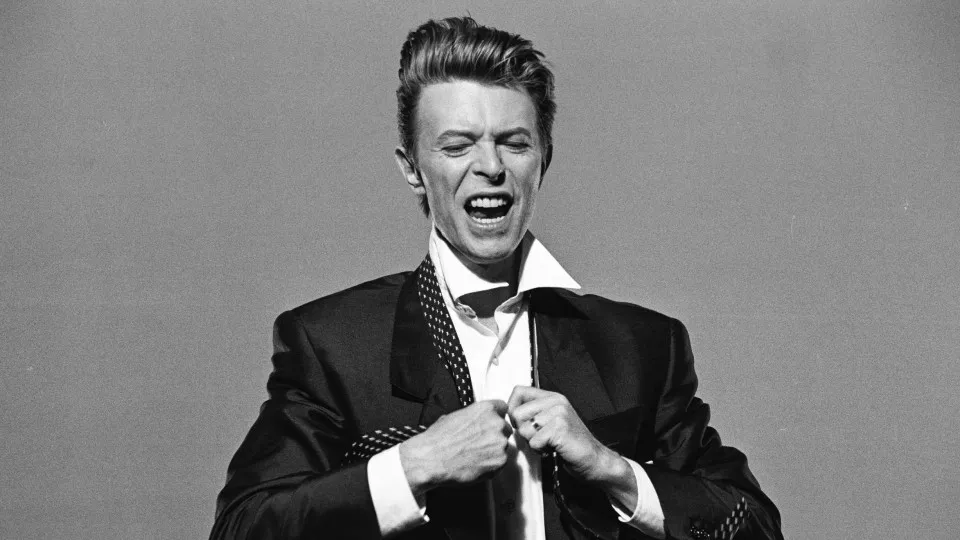
The ‘David Bowie Centre’ will house an extensive collection of over 90,000 pieces from the artist’s private collection, including 414 costumes and accessories, approximately 150 musical instruments, amplifiers and other sound equipment, 187 awards, merchandising items like t-shirts and props, and concert, film, and theater sets.
This archive includes outfits designed by Freddie Burretti and Kansai Yamamoto for the ‘Ziggy Stardust’ and ‘Aladdin Sane’ tours, a British flag coat designed by Bowie himself for the album cover ‘Earthling’ (1997), a key to his Berlin apartment from the 1970s, and a hat and scarf he wore in the film ‘Merry Christmas, Mr. Lawrence’ (1983).
Some objects will be displayed on a rotating, temporary basis in showcases, but visitors can book in advance to closely examine most of the pieces.
“We feel this is exactly what Bowie would have wanted: for people to explore the archive and use it to explore their own creativity,” stated curator, Madeleine Haddon.
According to Haddon, the space “is not just for academics” but for people “with different relationships with Bowie”.
The David Bowie Centre primarily serves as a repository and archive for Bowie’s work, featuring reading and study rooms.
Paper materials include thousands of photographs and negatives, diaries, scripts, album covers, drawings, sheet music, fan letters, and documentation of projects, some never realized, such as the idea for a musical show developed shortly before his death in 2016 at the age of 69.
The David Bowie Centre is part of the V&A East Storehouse, a new space in the Victoria & Albert Museum located in the former Olympic Park in London, designed to store the vast collection while allowing visitor access.
Archivist Sabrina Offord noted to agency Lusa that one of the project’s focuses was engaging with younger generations unfamiliar with the artist.
“When they started discussing the topic, they found they were quite interested in the idea of his willingness to try new things, his boundless creativity, his different personalities, and his thoughts on gender identity,” she said.
This led the responsible team to conceive the exhibitions and archive as “a sort of reference book for future professionals and creatives”.
David Bowie is regarded as one of the most influential musicians in history, renowned for his ability to reinvent himself innovatively and provocatively.
His first hit came in 1969 with ‘Space Oddity,’ a song about Major Tom, an astronaut lost in space, followed by a string of albums in the 1970s, like ‘The Man Who Sold the World’ (1970), ‘Hunky Dory’ (1971), ‘Young Americans’ (1975), and ‘Heroes’ (1977).
However, it was with ‘The Rise and Fall of Ziggy Stardust and the Spiders from Mars’ (1972) that he became a global icon, portraying a bisexual and androgynous alien turned rock star.
This eccentric character was just one of many personas he adopted throughout his career, such as his other creative ‘alter egos’: Aladdin Sane and the White Duke.
His records sold millions of copies, and he won numerous Brit Awards, but he twice declined honors from Queen Elizabeth II.




